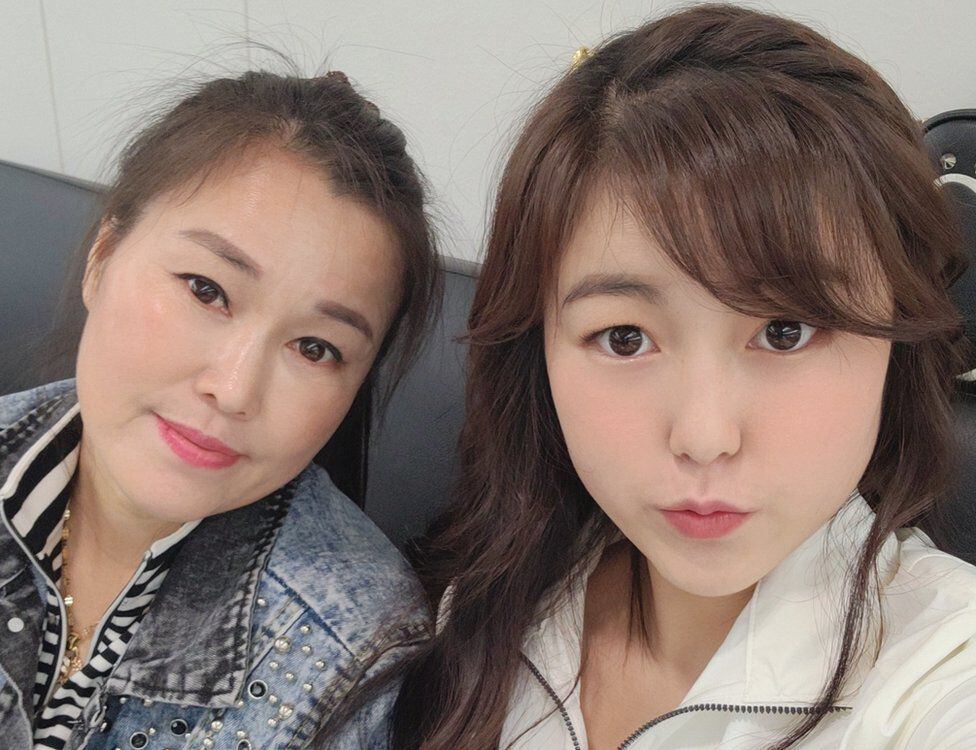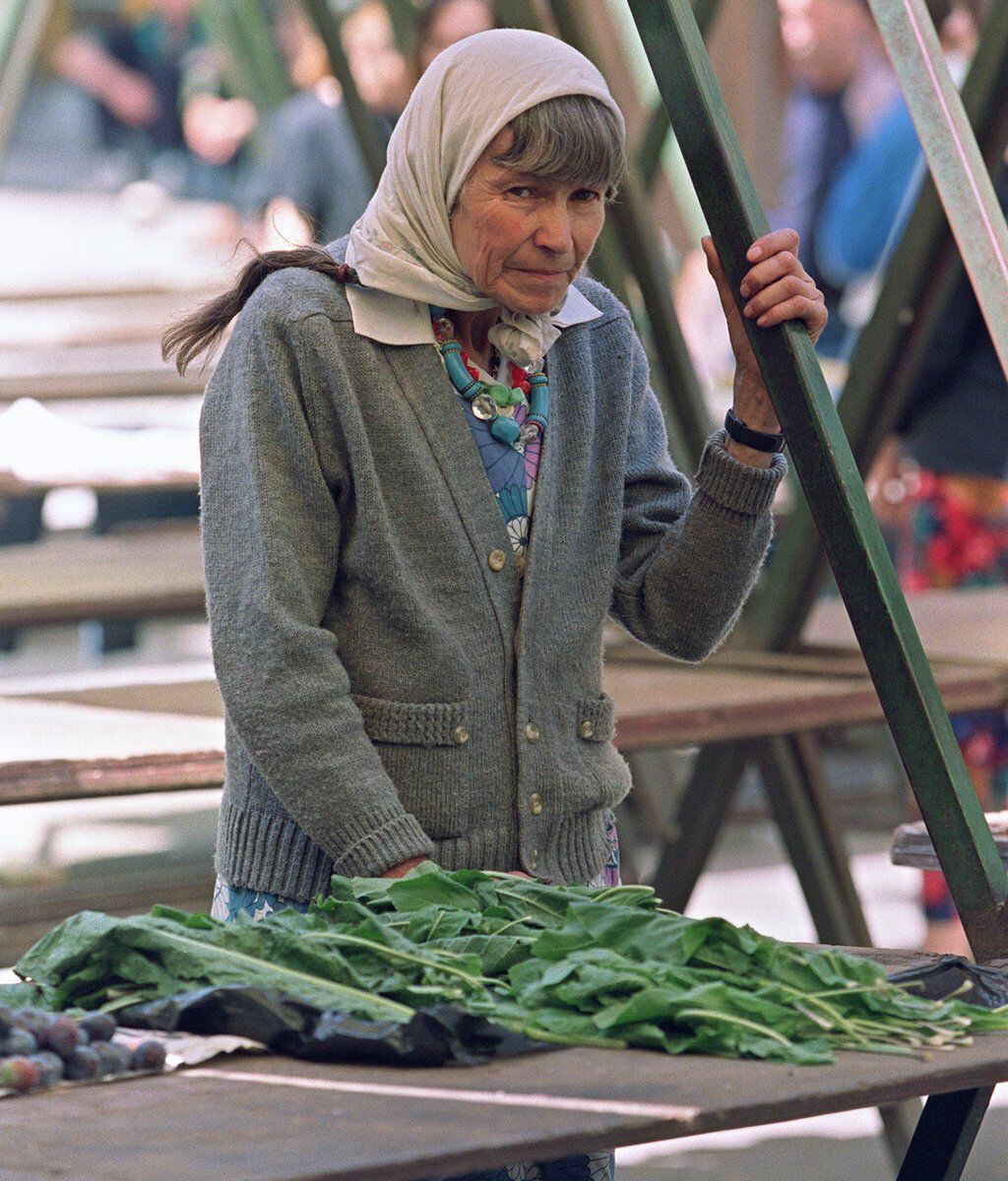Thirty years ago, the siege of Sarajevo began, the longest in modern history, which kept some 350,000 trapped for almost 4 years.
The siege was part of the 1992-1995 war in Bosnia and Herzegovina, one of the consequences of the collapse of Yugoslavia, that fragile union of six socialist republics, which included Bosnia, Croatia, Macedonia, Montenegro, Serbia and Slovenia, formed in 1945.
Look: How is the situation in the Chernobyl nuclear power plant that was taken for several weeks by the Russian military
In the 1990s, rising tensions between the different republics saw a nationalist resurgence that ended up tearing the nation apart, with a bloody war that would see some of the worst atrocities in Europe since World War II.
While much of the country became the scene of brutal fighting and ethnic cleansing, Bosnia’s cosmopolitan capital was militarily encircled and subjected to daily snipers, mortars and shelling, first by the Yugoslav People’s Army and later by forces of the self-proclaimed Republika Srpska.
Many of the city’s most important cultural institutions, historical monuments, sports facilities, and social and economic infrastructure were destroyed or severely damaged.
Civilians, already suffering deprivation caused by the cut off of gas, electricity and water supplies, were not only victims of crossfire, but also deliberate targets of projectiles and sniper fire.
The first of those 1,425 days
Actress Vedrana Seksan was one of the Sarajevo citizens who became prisoners. This is her testimony.
“I grew up in the war. I became what I am today in times of war.”
He was 15 years old when the siege began.
“I remember the night it became clear to me that the war started. I was getting ready to go out with my boyfriend, and I was wearing black clothes and black makeup, and my mother said, ‘You will only leave this house on my dead body.’
“I got really mad, and I went to my room.
“We lived on the 7th floor of a building in a part of Sarajevo that is visible from all the hills where the attackers were.
“I was sobbing and trying to call my boyfriend to tell him I couldn’t go out and I heard gunshots. It was a big surprise because I’ve never heard a gunshot in my life.
“I could see the hills and the sky, and it looked like fireworks.
“Then our first-floor neighbor came over and said ‘you’re going to spend the night at my house.’ And in the morning, we went to our apartment and found an anti-aircraft bullet in my mother’s bed. beds, that bullet would have gone straight to his stomach.

“My birthday is at the end of April and I remember asking my mother, ‘Do you think this will be over by the time of my birthday?’ and she said, ‘Of course it is!’
“And that birthday came and four more but it didn’t end.”
“A red mark behind me”
On February 5, 1994, 68 people were killed in the Markale market.
What had once been the heart and soul of the city, became the scene of the greatest loss of life during the siege.
The 105 MM tank shell arrived at 12:30 accurately.
Officials at the nearby United Nations headquarters watched from their windows as it crashed as the area was packed with civilians waiting to catch a bus or buy bread and groceries, all mundane activities that in Sarajevo had become challenging and could take a toll. terrible.

“I got there 30 seconds after the shell and I saw all the blood and people with no body parts. I stepped on human blood and didn’t realize it until I noticed I was making a weird sound with my shoes and I looked down and saw I was leaving a red mark behind me.
“But when I think of war, I don’t think of that.
“I think about the feeling of humanity that we share. People really helped each other.”
The cabbage
“I lived with my mother, my brother and my grandmother, because my father died when I was six years old.
“My mother is very strong, but she is also very fair. And she follows the rules, but the rules got really weird.
“During the war, it was a battle to survive. But even if there was some food and you could ask someone to give it to you, my mother didn’t want to do it. we were basically starving.
“Sometimes we would have some food, some humanitarian aid, which was mainly macaroni and rice. Other times we would get lunch boxes from the US Army that held enough for one soldier, but my mother would spread it out to four people over two days.”

Humanitarian aid arriving in the city often had to stop due to shelling.
Vedrana can still remember the day her boyfriend brought them fresh cabbage.
“We were all around our table, and I remember crying thinking ‘this is the first real food i’ve seen in two years’. I don’t really like cabbage, but it was amazing.”
“I was waiting for us to die!”
And all this, the lack of food, without electricity, the war, was happening in front of the cameras of the world.
The images of Sarajevos dodging bullets in the famous sniper alley or avenue of snipers, of detention camps and mangled bodies and crying mothers were beamed into living rooms night after night while the international community stood by helplessly.

Vedrana managed to get a job on national television.
“I went in my mother’s clothes and a lot of makeup to look older and said I was 27.”
To get to work every day, he had to cross a bridge that was in full view of a Bosnian Serb sniper.
“At some point a guy came out of nowhere and stood behind a burned out kiosk so the sniper couldn’t see him.
“The first morning we crossed the bridge and we saw him preparing his camera, we wondered what he was doing. Then we realized that I was waiting for one of us to get shot“.
In the beginning. Vedrana says that they were furious.
“‘We’re like animals in a zoo!’ we said. But after a week we started laughing at their bad luck: none of us had been shot!
“We would say to him as we passed: ‘Hello! Have you had any luck today?, which was absurd, and even morbid… but there was a guy waiting for us to die!

“We feel that the whole world is seeing these terrible images and doing nothing about it“.
fear of the end
More than 10,000 people died during the siege of Sarajevo. Many were soldiers, but many were civilians. Vedrana lost a cousin and a good friend.
Finally, in December 1995, the warring parties signed the General Framework Agreement for Peace in Bosnia and Herzegovina, also known as the Dayton Agreements or the Paris Protocol, which marked the end of the Bosnian war.
For Vedrana and many others, those last few months of the siege, oddly enough, were the most terrifying.
“In 1993, I thought I was going to live in a war for the rest of my life. My children will live in the war. Their children will live in the war. There would be no one left. But I was not afraid.
“However, when the war was coming to an end, I got really scared because I didn’t want to be the person who died at the end of the war because that was an irony… just a horrible joke.”
On February 29, 1996, the last Bosnian Serb guns were withdrawn from the hills around Sarajevo.
After almost four years, the city was free.
“I expected there to be great happiness and celebration and everything. Ha! There was only silence, without any joy”.

Source: Elcomercio

:quality(75)/cloudfront-us-east-1.images.arcpublishing.com/elcomercio/GMYDCMBNGA2C2MJQKQYDAORTGA.jpg)


:quality(75)/cloudfront-us-east-1.images.arcpublishing.com/elcomercio/TICWSMXVBJCX5PQHSMOJPEONRY.jpg)
:quality(75)/cloudfront-us-east-1.images.arcpublishing.com/elcomercio/XX7FN3AZSNFNHOF24BXPDKTYAE.jpg)
:quality(75)/cloudfront-us-east-1.images.arcpublishing.com/elcomercio/YOMFVUBVHFA3XIQPKUA24SHNC4.jpg)
